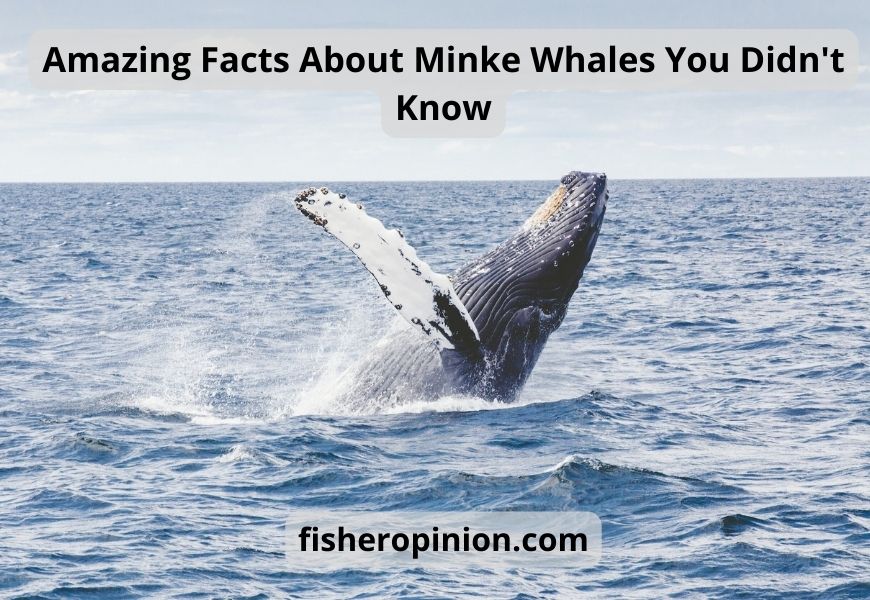Did you ever hear of a facts about minke whales (pronounced mink-eee)? Minkes could be the most tiny of whales that rorquals are, however, they’re fast and sweet and the antarctic minke whale watching information we’re eager to reveal to you is certain to inspire you to feel awestruck by this amazing animal.

Minkes are fascinating animals and are sometimes difficult to spot. Read more here about the sights you’ll observe during Dana Point dwarf minke whale watching and the reasons you’ll desire to view these beautiful creatures out in the wild. You can also book an excursion with Capt. Dave’s Dolphin and Whale Watching Safari now!
Minke Whale Profile
There’s a specific species of minke whale watching (or three or two based on the person you talk to) who escaped capture during all of the golden age of whaling. Their tiny size sparked ridicule and a pityful disregard from whaling vessels and kept them quite safe.
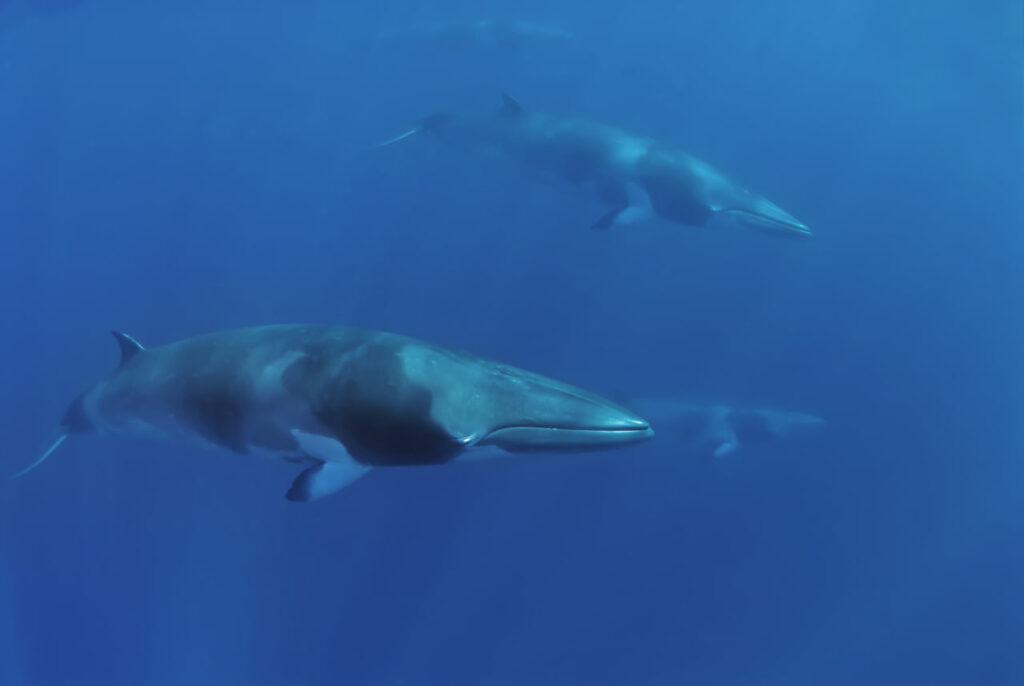
They were for time, considered to be the opposing species of that of the right minke whale however, that has changed recently. The minke whale are now at risk, and they’re in need of our assistance!
The antarctic minke whale of the common, also known as whales, sometimes referred to as the lesser rorqual are two different species of baleen minke whale. the Northern minke whale, or the common minke whale, as well as the Antarctic or southern minke whale.
Minke Whale Facts Overview
| Habitat: | Global oceans |
| Location: | Worldwide, primarily Pacific, Antarctic and Atlantic |
| Lifespan: | Up to 60 years |
| Size: | Up to around 9 m (30 ft) long |
| Weight: | 10 to 12 tons |
| Color: | Black, gray, and purple |
| Diet: | Krill, schooling fish |
| Predators: | Killer whales |
| Top Speed: | 30 kph (18 mph) |
| No. of Species: | 2 (but, maybe 3) |
| Conservation Status: | Least concern (Common minke whale), Near threatened (Antarctic minke whale) |
Minke whales are one of the few marine megafauna in good shape after the brutal mass extinction which eliminated about 2/3 of the global mammal population in just one century.
It was due in large part to their dimensions and position as the 2nd most compact balleen whale following the right whale pygmy. The average size is 8 meters (27 feet) in length and 7 tons of weight. They’re a distinct color of black, gray, and purple. hue with a white bottom.
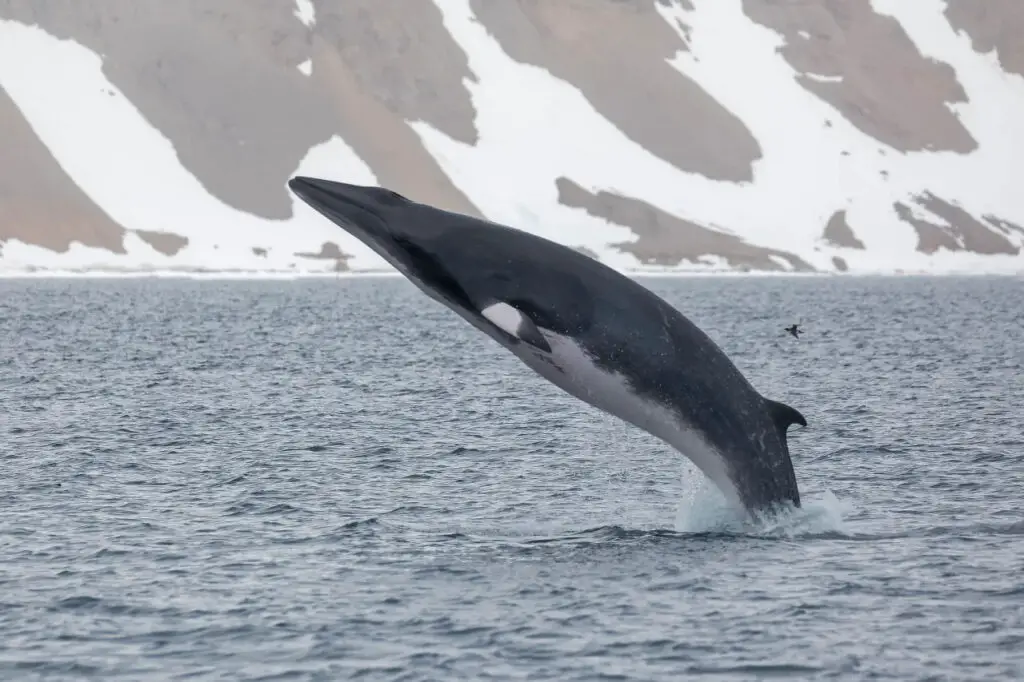
Minke whales possess between 240 and 360 baleen plates in each of their mouths. They are able to swim for as long as 20 minutes in order to consume mostly on krill capelin, sand eels anchovies and herring.
Though their numbers are among of the most healthy in whales’ health, their conservation status is currently is under threat through a handful of ancient industries that failed to adapt in the past, and are now being hunting by the thousands.
They are curious, kind emotional smart animals to be treated with much more respect, even if they are infected with herpes (yes you can really take a look! ).
Interesting Minke Whale Facts
1. They’re named after a mistake
Minke whales are the tinier cousins of blue whales. It also has Bryde’s whale fin whale and Sei whale. They’re all difficult to distinguish it’s best to be a whale-nerd to recognize the differences (and you’ll need to have an eye on the ridges that appear on their heads or the bands at the base of the standard that common antarctic minke whale have the flipper of).
The minke whales is significantly larger whales smaller. It’s about a third the size of their record-breaking family members and is the best way to determine the situation.

This is why Minke whales never were in the spotlight There exist two competing stories regarding common minke whales, and their population as well as the its origin:
The first one is about an overly enthusiastic Norwegian watchman aboard a whaling vessel and raising his alarm to every fin that he encountered which led to the smaller insignificant fin whales called jokingly after his name.
The third story relates an German called Meincke that mistakenly believed an entire group of northern minke whale as Blues and was then blasted with the same smirk like the story before.
In any case, it appears to me that this blue the whale’s mouth so wasn’t boring to whalers that they only chose to name it to give a amusement, and also that whalers are a brutal and unforgiving group if reckless enough to make a mistake.
The pygmy right whale got its name after this was the type of whale that they really wanted. Most likely, the regular Minke whale population was only a minor turn of events away from being known as”the Wrong whale.
2. They are the most abundant Baleen whales
But, if you do not have good reason to be there.
Its small stature has made the diminutive Minke whale less valuable for the whalers of old over the larger and blue whale options. And this has enabled their populations to remain healthy following the largest massafauna destruction caused by humankind in all of history.
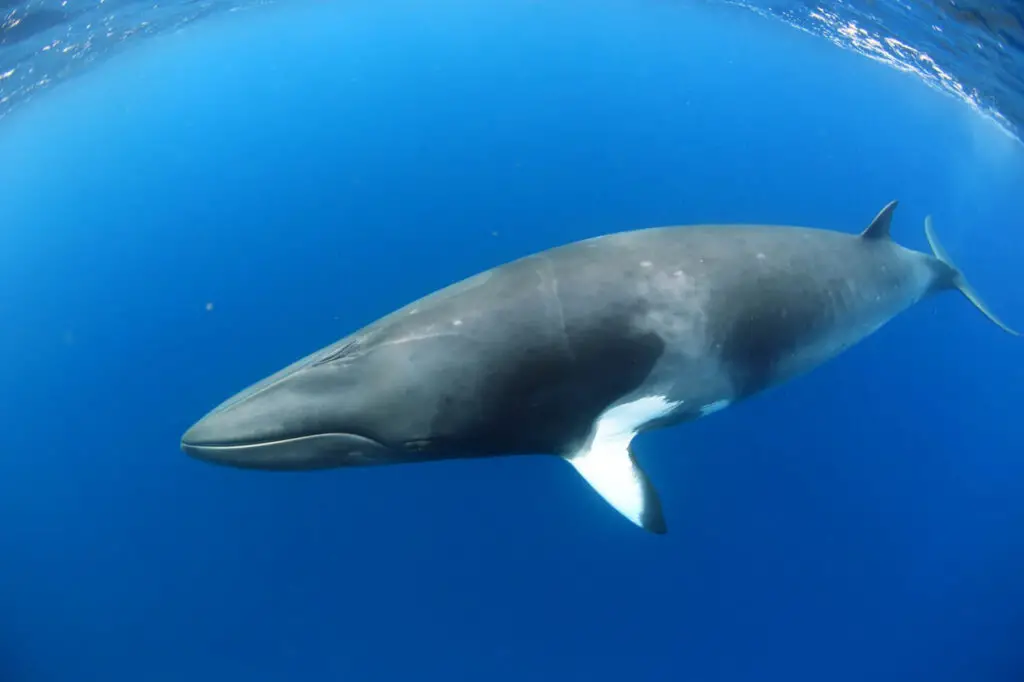
Two million of the largest creatures ever around the globe were killed within a century.
For a better understanding To put it into perspective, if you collected the entire marine mammals off of Earth currently, it would be just a fraction of the animals taken by whalers over the course of 100 years.
There was only the dinky female Minke whales, the source of a joke. Whales smaller and less useful who wouldn’t generate enough oil for it to be worth following.
So, the majority of minke populations appear to be healthful, though they are not healthy for very long.
3. They’re the new target
The industry of whaling is certainly dying out in the past few decades, since the golden era of explosions in harpoons as well as appetites for whale oil that were genocidal however it’s not gone completely.
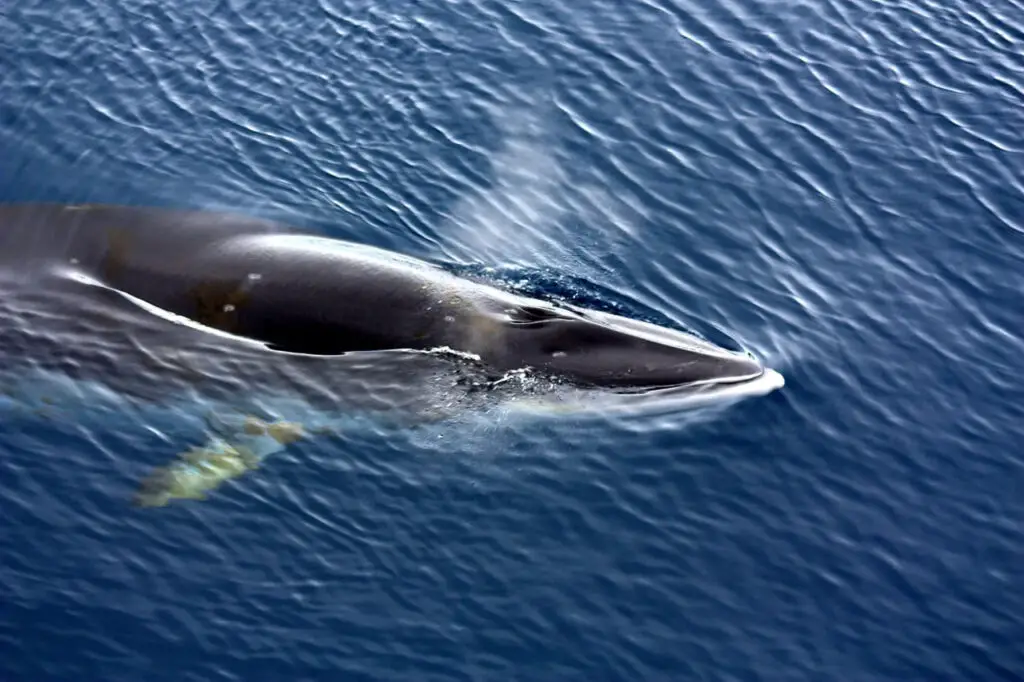
Japanese fleets use “research” permits, which are presumably given to investigate the number of whales they could be allowed to consume in order to keep commercial whaling going throughout the Southern Ocean.
The killing of more than 900 whales was permissible as an exemption to a worldwide prohibition against whaling (one that Norway simply ignores).
Following demand by the UN against this, Japan has dropped all pretext and withdrawn out of the International Whaling Commission altogether, and thus, from the burden of their laws against whales.
Within the Northern population, the traditional Norwegian whaling vessels have been replaced with contemporary industrial methods, and there have been around five thousand southern common minke whale killed in the last decade. A large portion of them are transferred to Japan who’s Southern stocks are now declining and have been classified as “Near Threatened” by the IUCN.
4. They’re hard to count
The diversity of species in common southern minke whale can be hard to quantify. At present, it is thought there exist two distinct species as well as an additional species complex subspecies that is smaller, tiny minke whales live.
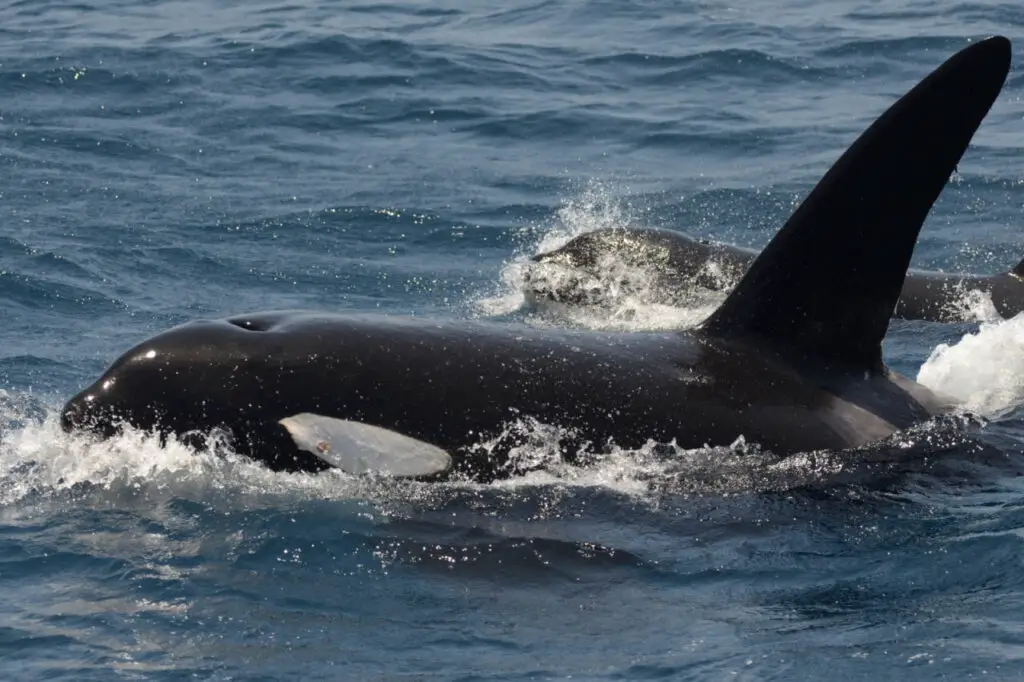
But the distinctions are so small that the Japanese still haven’t come up with a solution with certainty from their many hundreds of samples of research.
In addition, many other aspects, make populations trends difficult to quantify It is possible that there’s a lot of harm resulting from the whaling processes because of it.
Both Norwegian as well as Japanese whaling industry are trying to convince people of sustainable hunting However, with a noticeable absence of data and the clear commercial bias with these assertions They should be taken with a pinch of salt.
It’s a real tragic situation. Since Minke Minke is among the smallest whale most Baleen whales in good health there is.
5. They use fat to hear
The boings are gathered with special ear fats which seem to have a lot in common with those that are used by toothed whales such as the orca.
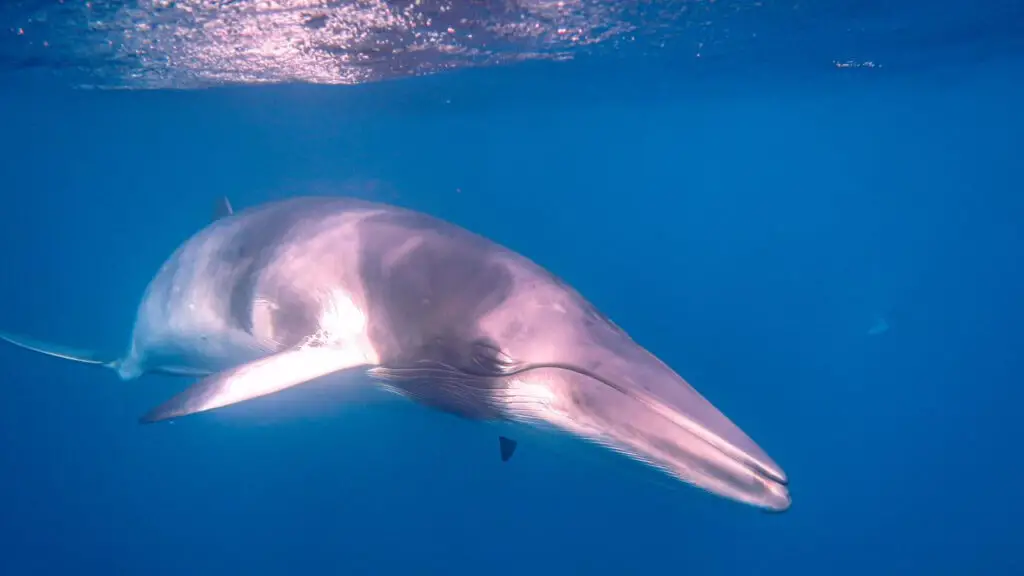
Although baleen whales aren’t considered to have echolocation (at at least not as extensively than their toothy cousins) however, their organs that hears does indicate an echolocation function similar to that of the whales and provides insights into the hypothesis of cetacean hearing that is in need of a thorough explanation.
6. They are curious
Minke are known to be curious animals similar to dolphins and they are frequently seen on the boats’ bows. Minke also pounce on divers in a state of naivety.
Although other than minke whales live in may be to be aware from human influence Minke whales appear to be unaware of the dangers we pose to them. The common minke whale are also known to breach just for fun or to check out the world around them!
7. They can catch herpes
It’s not likely that the herpes of whales originated from minke getting slightly near to diving, however it’s interesting to consider.
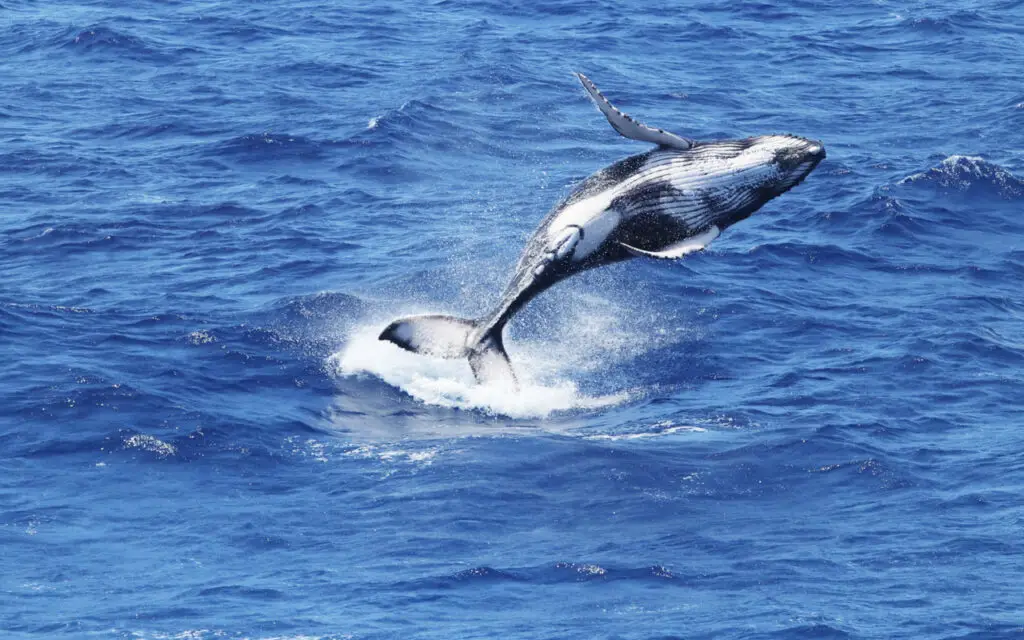
It is an illustration of one of the numerous STIs that are in circulation within the animal kingdom. proven in baleen whales via molecular analyses in 2015.
8. They migrate up to 400 km
Minke whales of both species travel in the spring, towards the poles and eventually toward warmer waters in the winter months.
Although much about their journey is unknown however, they travel more than 400 kilometers to find warmer water.
9. They are loved by killer whales
Not in a great manner. The study, conducted in 1975, of the 49 killer whales’ stomach contents showed that 84% consumed antarctic minke whales.
The reaction of antarctic minke whales when they encounter killer whales is to get away as quickly as they can. Minke whales with pointy heads as well as short dorsal fins, which allow them to swim at high speeds.
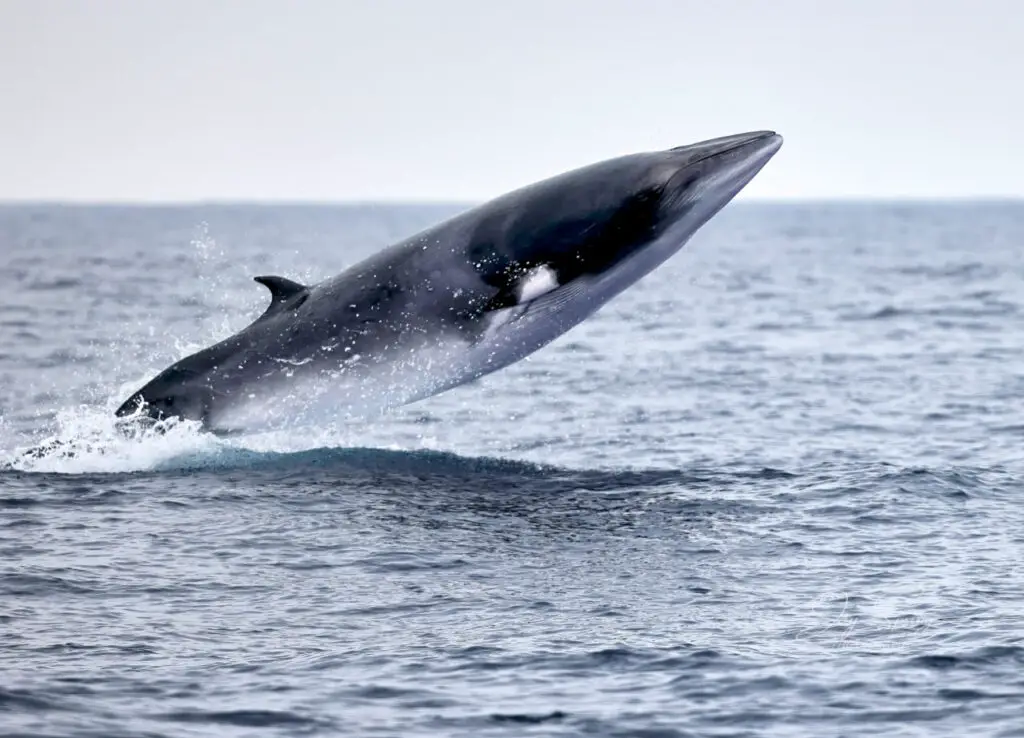
Killer whales pursue minke whales. They were seen hiding beneath the boats’ hulls for their escape. In reality, the killer whale and older minke whales are quick and frequently are in groups, and often the minke whales ‘ endurance is the reason they stay healthy.
10. They’re non-human persons
A lot of discussion is made about the ecological and environmental impacts of whaling, the decline in population as well But what’s not often talked about is the brutality that occurs to family members and individuals.
It is absurd and cold to view the holocaust from the perspective of declines in population levels within various minorities. The most sad aspect of every conflict is personal pain and loss. The personhood for marine animals is frequently left unresolved.
Whales are extremely intelligent, with they are similar to us in a variety of ways. They use vocal languages as well as communities. they have names as well as have family names. Whales communicate using a variety of voice sounds. Minke whales generally make use of boing
They, according to every account they are not human beings that have lives, thoughts and desires. We as a species have a habit of exploding our heads before their kids and burying their bodies in nets.
Whalers take pregnant females and Matriarchs, juveniles and fathers as well as while in the presence of their families, that is something that has a direct influence on a society that we don’t know much about.
Minke Whale Fact-File Summary
Scientific Classification
| Kingdom: | Animalia |
| Phylum: | Chordata |
| Class: | Mammalia |
| Order: | Artiodactyla |
| Family: | Balaenopteridae |
| Genus: | Balaenoptera |
| Species Names: | Balaenoptera Acutorostrata (Common minke whale or northern minke whale) Balaenoptera Conaerensis (Antarctic minke whale or southern minke whale) |
FAQ
What are some fun facts about the minke whale?
Some fun facts about the minke whale facts include that they are the second smallest baleen whale, with an average length of 30 feet and weighing around 5-10 tons. They are known for their acrobatic behavior, often breaching and leaping out of the water. Minke whales are also known for their distinctive white band on their flippers, which helps in identifying them. They have a lifespan of around 40-50 years and are found in oceans all around the world. Despite being elusive creatures, dwarf minke whales, they are known to be quite curious and have been observed approaching boats and divers.
How fast can a minke whale swim?
A minke whale can swim at speeds of up to 20-25 miles per hour. This makes them one of the fastest whale species in the ocean. Their streamlined bodies and powerful tails allow them to move quickly through the water. They are known for their agile swimming abilities, which they use to hunt for prey and navigate through their ocean habitats. However, it is important to note that their swimming speed can vary depending on various factors such as age, health, and environmental conditions.
Do minke whales have teeth?
Yes, minke whales do have teeth. They belong to the whale family, which means they have baleen plates instead of teeth in their upper jaws. However, southern minke whales also have a set of 50-70 small, sharp teeth on their lower jaws. These teeth are not used for chewing, but rather for capturing and gripping their prey, which primarily consists of small fish and krill. The baleen plates are used to filter out and consume large quantities of prey from the water.
How much do minke whales eat a day?
Minke whales typically eat around 2,000 to 4,000 pounds of food per day. Their diet consists mainly of small fish, krill, and other small marine organisms. They are baleen whales, which means they filter feed by taking in large amounts of water and then using their baleen plates to filter out the food. Despite their relatively small size compared to other whales species, minke whales are known to have a voracious appetite and require a substantial amount of food to sustain their energy needs.

